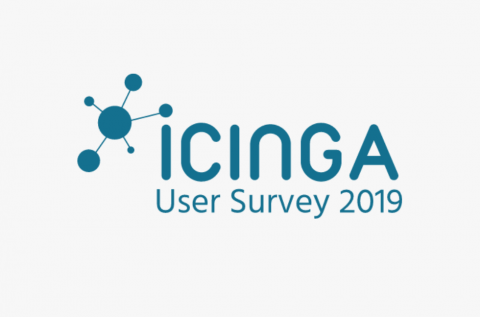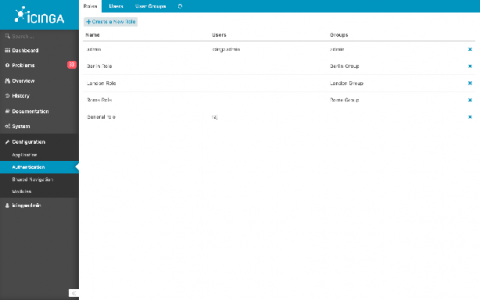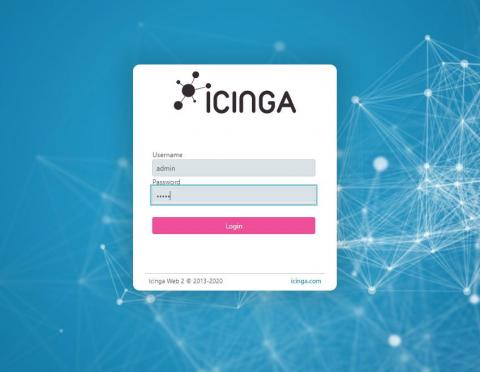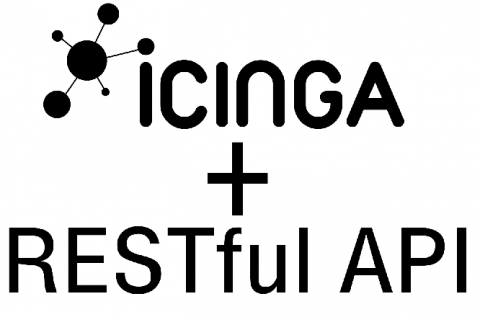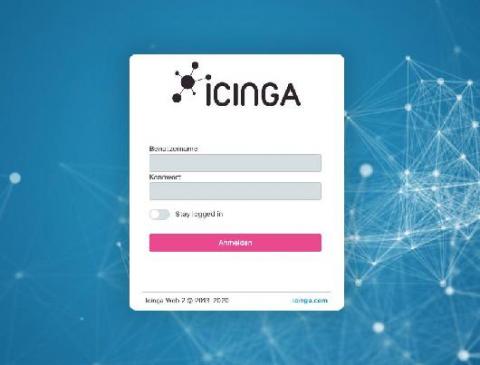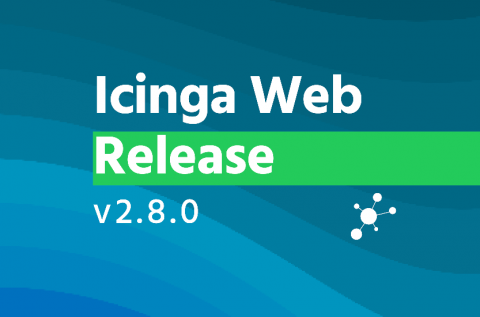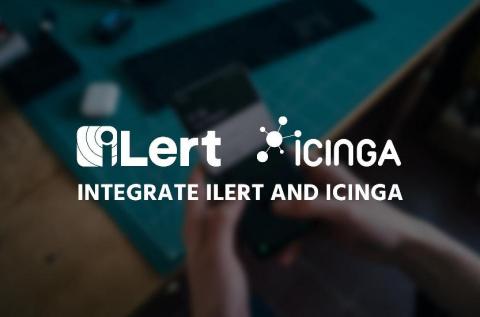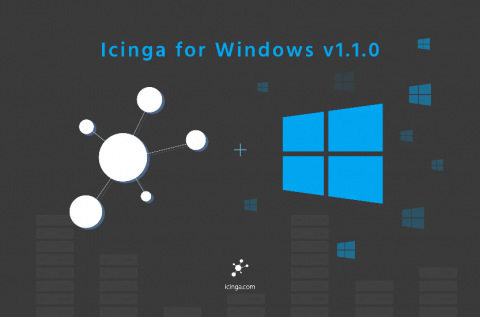Icinga User Survey 2019 Report
In late 2019 we were running our first ever user survey on Icinga. We always strive to get to know our users and their requirements better. Our goal for the survey was to get a general understanding about how Icinga is being used. The results are very interesting for us and will help us to make decisions. Today we want to share the results of the survey.


